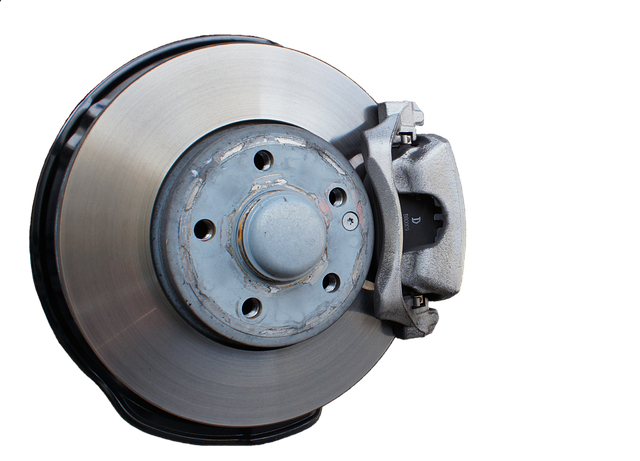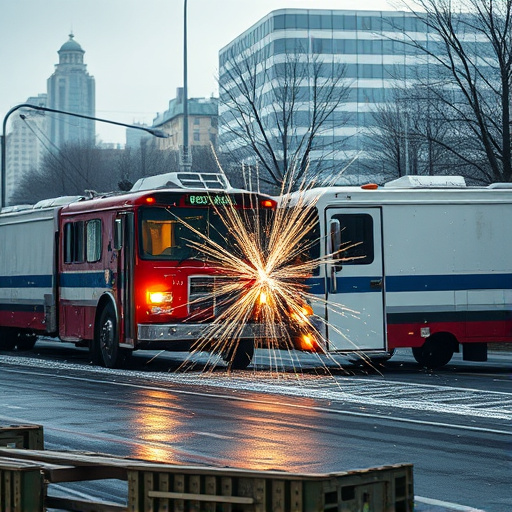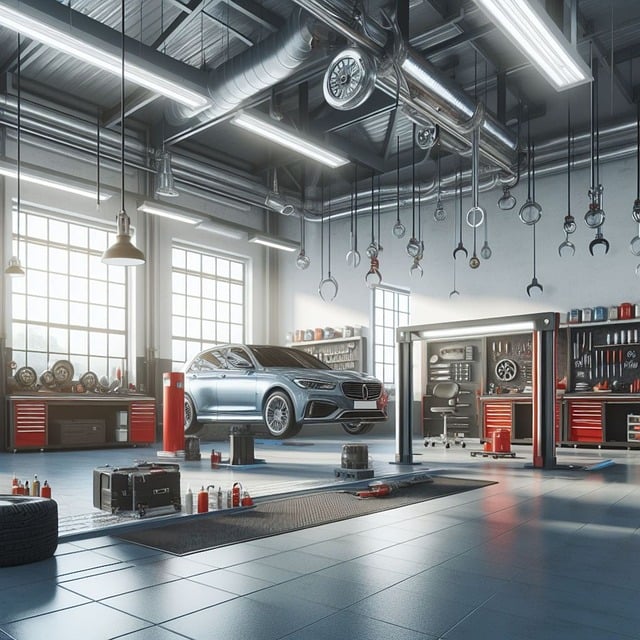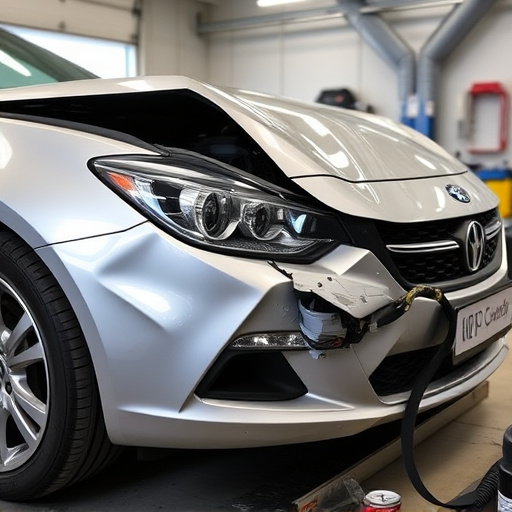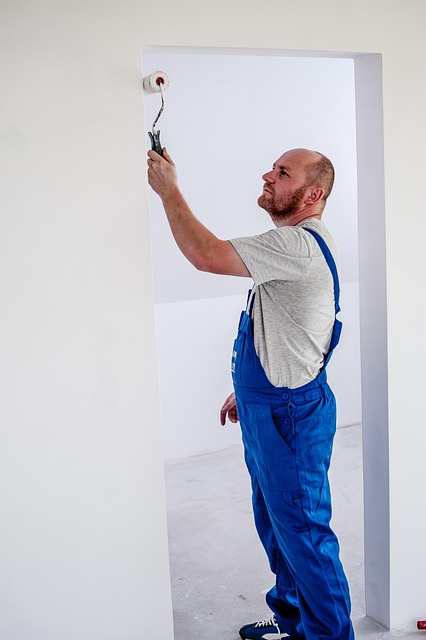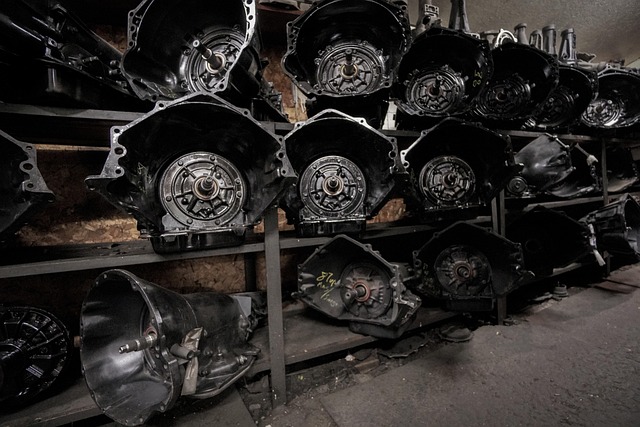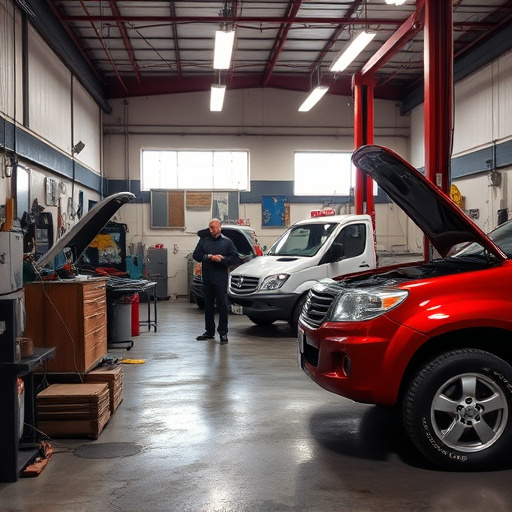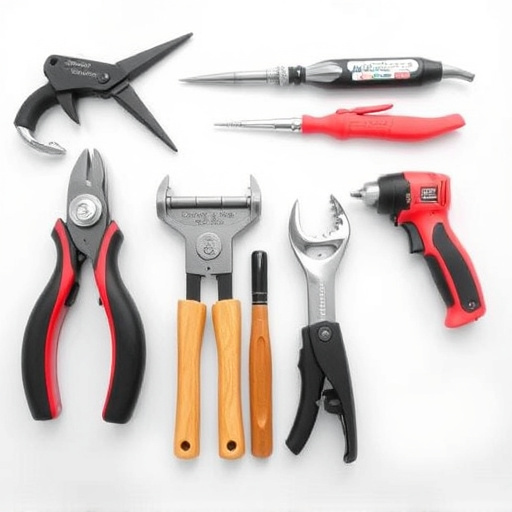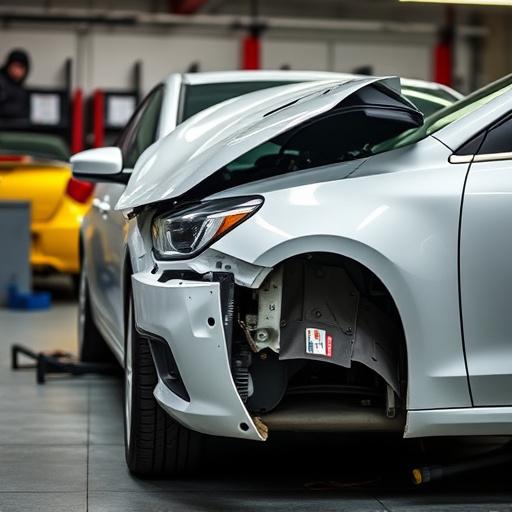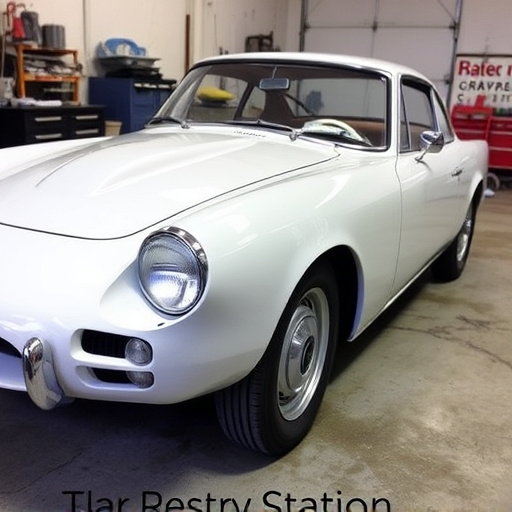Ice damage collision repair presents unique challenges due to ice's interaction with automotive materials, including plastic trim. Severe winter conditions cause various damages, from scratches to structural issues. Specialized knowledge is required for restoring visible and underlying damage, such as brittle plastic and warped body panels. Auto body shops offer dedicated services for classic car restoration and vehicle paint repair, mitigating icy road effects. The meticulous process includes inspection, preparation, repair (heat application, manual manipulation, advanced tools), sanding, priming, high-quality painting, and polishing. Trim restoration involves specialized techniques like disassembly, adhesive use, fillers, plastic welding, and heat gun application for a seamless original-equipment aesthetic.
Ice damage can leave severe marks on vehicles, from cracked plastic surfaces to warped body panels. This article explores how shops expertly restore plastic and trim in ice damage collision repair. We delve into understanding ice damage, the intricate process of plastic restoration, and advanced techniques for trim repair and replacement. By employing these methods, professionals transform damaged cars into like-new condition, ensuring they hit the roads with renewed confidence.
- Understanding Ice Damage to Vehicles
- The Process of Plastic Restoration
- Techniques for Trim Repair and Replacement
Understanding Ice Damage to Vehicles

Ice damage to vehicles is a unique challenge that requires specialized knowledge and techniques for effective collision repair. During severe winter conditions, ice can accumulate on cars, leading to various types of car damage. This includes scratch marks, dents, and even more significant structural issues as ice expands and contracts within crevices and gaps. As the ice melts, it leaves behind water stains, rust spots, and sometimes, warped body panels. These effects are particularly noticeable in regions with harsh winters, where vehicles endure prolonged exposure to freezing temperatures and icy roads.
Understanding how ice interacts with different materials is crucial for car damage repair, especially when it comes to plastic trim restoration. Plastic components, often used in modern vehicle designs, can become brittle and deform due to ice buildup. Moreover, the process of ice removal must be handled carefully to avoid further damaging the paint job or compromising the structural integrity of delicate parts, which is why many auto body shops now offer specialized services for classic car restoration and vehicle paint repair, ensuring that icy adventures don’t leave lasting marks on your ride.
The Process of Plastic Restoration

In ice damage collision repair, restoring plastic and trim involves a meticulous process that brings damaged vehicles back to their original state. It begins with careful inspection to identify the extent of the ice-related damage, which often includes cracks, chips, and deformations in car parts like bumpers, fenders, and door panels. The next step is preparation, where specialized cleaners are used to remove any snow, ice, or salt residue that may have been trapped beneath the surface during the freezing process.
The heart of the restoration lies in the repair itself. Technicians employ a combination of heat application, manual manipulation, and advanced tools to straighten and mend the damaged plastic components. This is followed by careful sanding and priming to ensure an even surface before applying high-quality car paint services or repairs. The final touch involves polishing to achieve a smooth, glossy finish, matching the vehicle’s original car paint repair and ensuring no trace of ice damage collision repair remains visible.
Techniques for Trim Repair and Replacement

In ice damage collision repair, trim restoration is a meticulous process that involves several advanced techniques. After assessing the extent of the ice damage, skilled technicians employ specialized tools to carefully remove and replace damaged or frozen trim components. This often includes door handles, window frames, and grilles, which are susceptible to warping or cracking during severe weather events.
The process begins with careful disassembly of the affected areas, allowing for a detailed inspection. Damaged parts are either repaired using high-quality adhesives and fillers or replaced entirely with OEM (Original Equipment Manufacturer) parts. For scratch repair and more minor issues, techniques like plastic welding and heat gun application can restore the trim to its original condition, ensuring a seamless fit and finish that matches the vehicle’s overall aesthetic in top-notch collision centers providing comprehensive vehicle repair services.
Ice damage collision repair is a specialized process that requires precise techniques to restore vehicles to their pre-incident condition. By understanding the unique challenges of ice damage and employing advanced restoration methods, shops can effectively fix plastic and trim issues. The process involves meticulous work, from plastic restoration to trim repair or replacement, ensuring each component is meticulously addressed. With dedicated professionals and the right tools, damaged cars can be beautifully rejuvenated, transforming them from icy casualties into gleaming, like-new vehicles.
